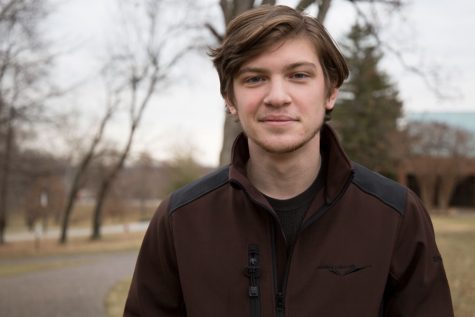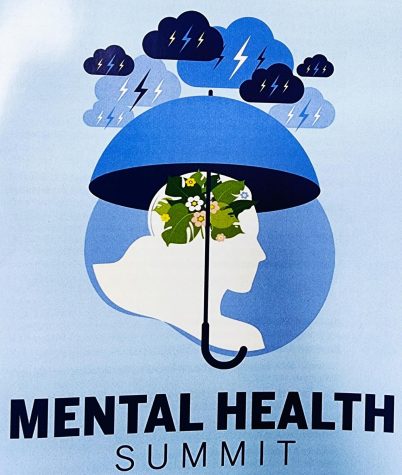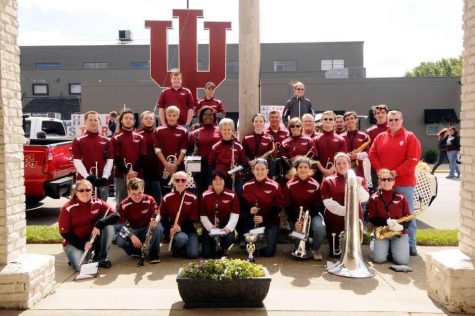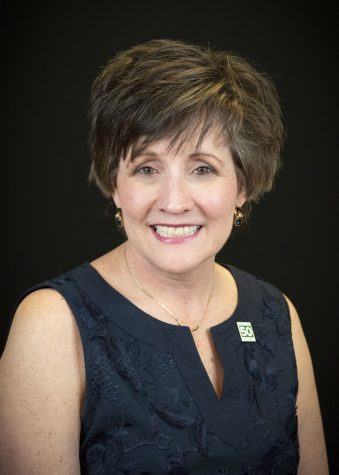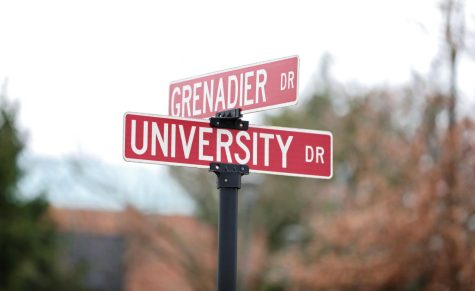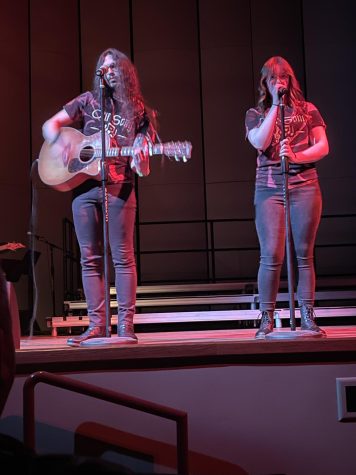Hanging in the balance
Keeping up with a full class schedule can be challenging for anyone. These students have tacked on a sport or two.
Men’s basketball senior guard Kerry Smith. Photo illustration by Jen McNelly.
January 9, 2019
Senior basketball player Kerry Smith is fresh out of practice, hands on his backpack straps strolling from the gym. Practice went over, which he said is out of his power, but happens often. His only other plans are to do homework for the remainder of the day, he explained, just coming back from an extended road trip with the team over the weekend.
Like Smith, 15 percent of students in NAIA schools, such as IU Southeast, are student-athletes, according to NAIA Association Statistics of 2015.
At IU Southeast, 111 students out of 4,613 undergraduates recorded in fall of 2018 are student athletes. A closer look at the local numbers is located on the graphic on the next page.
This small percentage of students must juggle assignments, homework, practices, games, and travel. According to some student athletes on campus,however, their experiences aren’t as different as some might think.
Time-Managing Veterans
Two seniors, Baylee Krueger and Smith said they’ve had to juggle academics and athletics their whole lives. As they approach their final respective seasons at IU Southeast, they provide direct insight of what it means to be a local student-athlete.
Krueger is a hooping first baseman who plays basketball under Robin Farris and softball for Joe Witten while taking a full slate of classes. She said playing multiple sports at school has become more routine than difficult over the years.
“Quite honestly it’s something that I’ve done my whole life,” Krueger said. “In high school, especially the first two years, I even played three sports…so it’s just something I’ve always had to do, is manage my time really well.”
Krueger said she can see how it could be seen as overwhelming but compares herself to students who work full-time while balancing many classes.
She said she prioritizes her schoolwork before going to practice, saying that’s been the best way to motivate herself.
“I try to get all of that done before I go to practice because obviously, I get done with practice or a game or whatever, I do not have any motivation to do that. After doing that for so many years, it’s just become a habit,” Krueger said.
As the years go by, she said she’s relied on her hectic schedule as a foundation of consistency more than an overwhelming load, and credits IU Southeast for its accessible resources on campus.
For Smith, it’s a non-option. He said maintaining eligibility is key, and staying on top of his school has always been hand-in-hand with playing his sport, especially once he got to college. Although he said he’d rather get it done early, he brings his laptop to do all the work he can on overnight trips.
On other occasions, Smith said he’ll pick a day that isn’t so busy to strictly do homework, even if it takes all day.
Sometimes I do homework for like eight hours straight. It is tough, but you get a certain discipline being an athlete, so it’s tough, but we’re disciplined enough to know what we have to do to get it done. If you love your sport, you’re not going to jeopardize missing schoolwork or homework, nothing.
— Kerry Smith, men's basketball senior guard
Smith said time off for students who aren’t athletes is generally time to make up work for student-athletes, such as Thanksgiving break. On days after a game, he said generally the players will have a lax practice where they get shots up, then use the bulk of those days to rest and work on school work.
Professional Perspective- On the Court
Coach Farris, entering his 30th season as head coach of the women’s basketball team at IU Southeast, says it does depend on the student’s personal motivation in order to stay on top of both aspects of an athlete in college.
Farris said it’s important to both have strong athletic ability and mental strength to manage time well, saying the best who have done it in his system have been strong athletes, but stronger students.
“When I first started here years ago, I coached the volleyball and basketball teams, and I often had three of four players that played volleyball and went right into basketball, and they made that transition fairly easily…but then again they were my best athletes,” Farris said. “I don’t think it’s that hard to do if you manage your time well and have the ability to do it.”
Coach Farris said he expects a heavy impact from Krueger on the field this season and attributes her time management skills to her mental toughness as a player and person.
“I think it’s easy for some kids. She has athletic ability and she manages her time well. She’s a special young lady, she has a great attitude, and we need for her to have a solid year. She had a good year last year, she started out with a hamstring injury which set her back, but she finished the season playing better than anybody,” Farris said.
Professional Perspective — Off the Court
A different perspective comes from the advising department of Crestview Hall at IU Southeast. Dana Gohmann, lead academic adviser and assistant to the dean of Social Sciences, said student-athletes have different and unique complicating issues compared to non-athletes, whether it be scheduling, eligibility or coordination between classes and athletic activities.
Gohmann says she meets with them on a regular basis, and on extra occasions if new issues arise, but in general, student-athletes are thriving at IU Southeast. She says GPAs for student-athletes are strong compared to the general population and they make an effort of staying on top of it.
“You’re going to always have students that are procrastinating a little bit more, but in general my experience with them is they know that their schedules are limited so they have recognized the importance of getting in to see us, and having those conversations so that they don’t delay their on-time graduation,” Gohmann said.
She says student-athletes do a good job of keeping each other in check and having conversations about staying on top of their work.
On top of that, Gohmann said the advisers do a lot of outreach — even going to the athletic building to set up appointments and do proactive work.
The level of demand for assistance or complication can depend sport to sport, according to Gohmann.
“For some sports, they’re very much heavier in one semester or the other…whereas some of our sports, like basketball, is a tough one because their season overlaps both fall and spring semesters, so their schedule or availability for both classes or studying is kind of the same both semesters,” Gohmann said.
Gohmann, like Krueger, compared the time dedicated to athletics in school to students who work full-time, saying the time commitment can be relatively the same.
Developing a Routine
According the Krueger, some students benefit from doing their work on the road — literally.
“Our farthest trips have been to Western Virginia and Pittsburgh. I don’t remember bringing any homework, but there’s a lot of the girls who do work on the bus. That’s something I personally cannot do because I get car sick really easily,” she said and laughed, “but I know a lot of them bring their laptops and will sit there and read or do their schoolwork.”
Krueger said she feels lucky to play two sports at IU Southeast, saying she hears stories of stressful academic and athletic environments elsewhere. Being a smaller school with a lot of campus time at her disposal, she said she has all the time and resources she needs to succeed.
“I could not ever imagine being a Division I athlete because I just couldn’t see how they go to class even on a normal day. [At IU Southeast], definitely, and I’ve been able to pick up a second sport on top of that,” Krueger said.
The IU Southeast Student-Athlete handbook delegates a section on page 13 to academic responsibilities of student-athletes. In the section, it lists a number of places assistance can be provided. As well as tutoring, help can be found at the following locations on campus:
-The Writing Center
-The math lab
-The Student
Development Center
-IUS Advising


